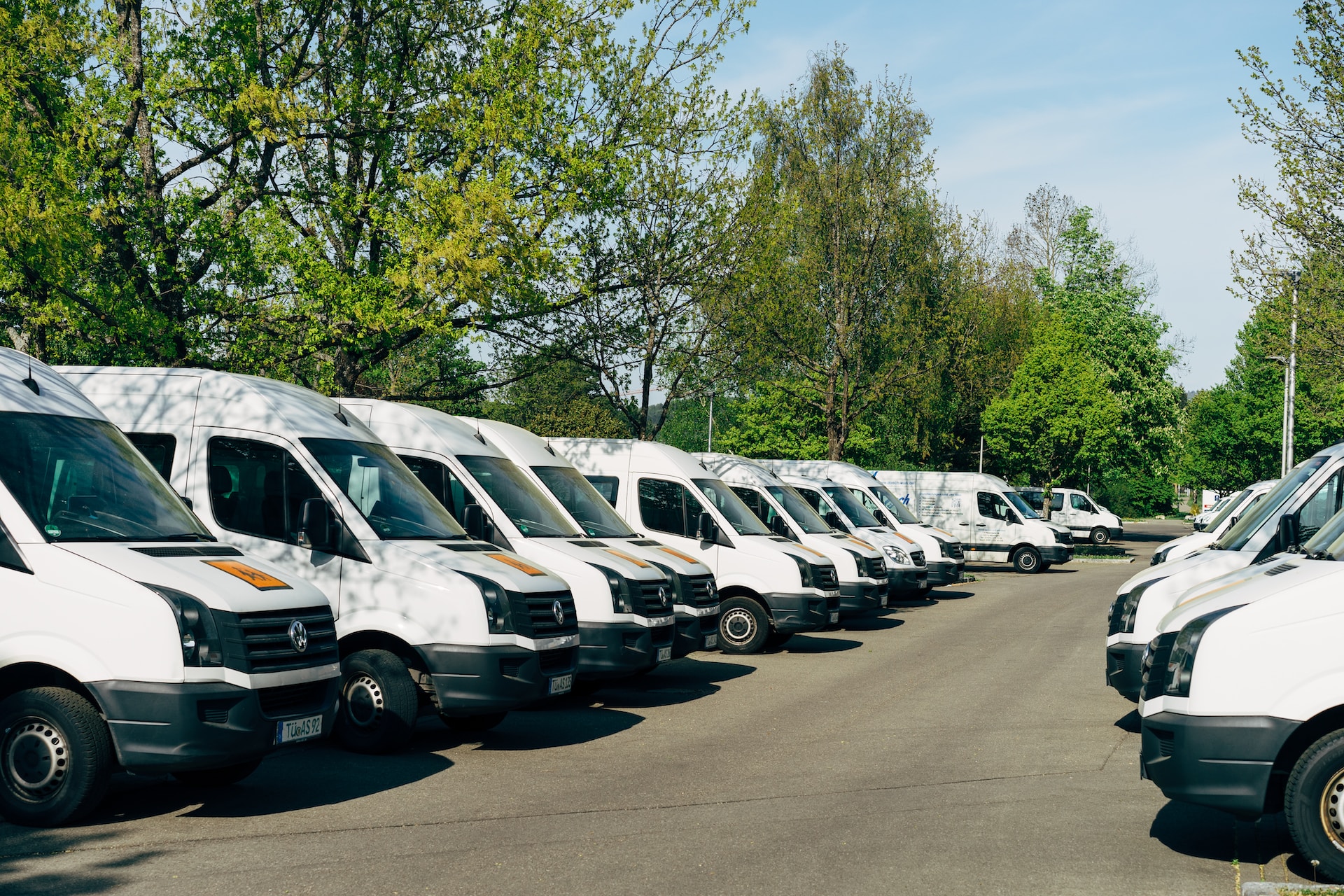In recent years, the transportation industry has been under increasing pressure to reduce its environmental impact. One area that has been identified as a significant source of emissions is the delivery truck industry. To address this, many businesses have been looking to switch to electric delivery trucks, which offer a number of benefits over their gasoline or diesel counterparts. However, the upfront cost of electric delivery trucks has been a barrier to widespread adoption. That may be changing, thanks to a recent tax break that could make electric delivery trucks more affordable.
The tax break in question is the Retirement Savings Contribution Credit, also known as the Saver’s Credit. This credit is available to taxpayers with incomes below a certain threshold who contribute to a retirement account, such as an IRA. The credit is worth up to $1,000 per year, and the exact amount depends on the taxpayer’s income and the amount contributed to the retirement account.
In the past, it was unclear whether electric delivery trucks qualified for this tax break. However, in 2020, the Internal Revenue Service (IRS) issued guidance clarifying that they do. This means that businesses that purchase electric delivery trucks can claim the Saver’s Credit for the cost of the vehicle, up to the maximum amount allowed by law.
The impact of this tax break could be significant. The cost of electric delivery trucks is currently higher than that of their gasoline or diesel counterparts, but this tax break could help bridge the gap. This could make electric delivery trucks more cost-competitive, which in turn could incentivize businesses to make the switch to electric.
There are a number of benefits to using electric delivery trucks. First and foremost, they are much better for the environment. Delivery trucks are a significant source of emissions in urban areas, and switching to electric could have a measurable impact on air quality. Electric delivery trucks are also quieter than their traditional counterparts, which can be an important factor in urban areas where noise pollution is a concern.
In addition to the environmental benefits, there are also financial benefits to using electric delivery trucks. Electric vehicles are cheaper to operate than traditional vehicles, due to lower fuel costs and lower maintenance costs. This can translate to significant savings over the life of the vehicle, which can make them an attractive option for businesses looking to save money.
However, despite these benefits, there are still some barriers to the widespread adoption of electric delivery trucks. One of the biggest is the upfront cost. Electric delivery trucks are currently more expensive than traditional delivery trucks, and this can be a barrier for businesses looking to make the switch.
This is where the Saver’s Credit comes in. By reducing the upfront cost of electric delivery trucks, this tax break could incentivize businesses to make the switch. This could have a snowball effect, as more businesses switch to electric delivery trucks, the demand for these vehicles will increase, which in turn could lead to lower prices.
Of course, there are some limitations to the impact of the Saver’s Credit. For one thing, it is only available to taxpayers with incomes below a certain threshold. This means that larger businesses may not be able to take advantage of the credit, which could limit its impact on the industry as a whole. In addition, the credit is only available for a limited time, so businesses that are considering making the switch to electric delivery trucks will need to act quickly to take advantage of it.
Despite these limitations, the Saver’s Credit could still have a significant impact on the adoption of electric delivery trucks. Already, some businesses are taking notice. For example, Amazon recently announced that it plans to purchase 100,000 electric delivery trucks from Rivian, a startup that specializes in electric vehicles.




